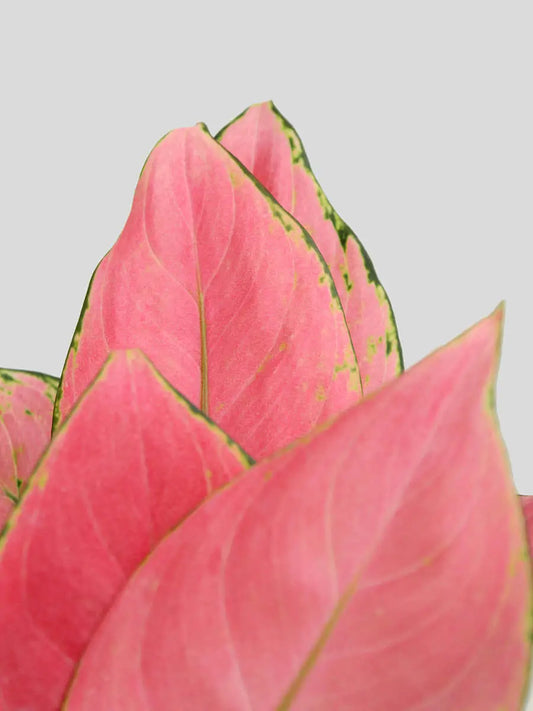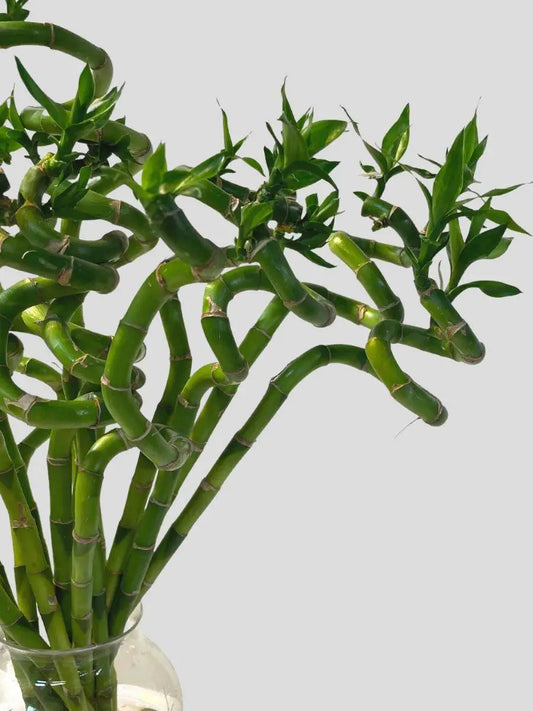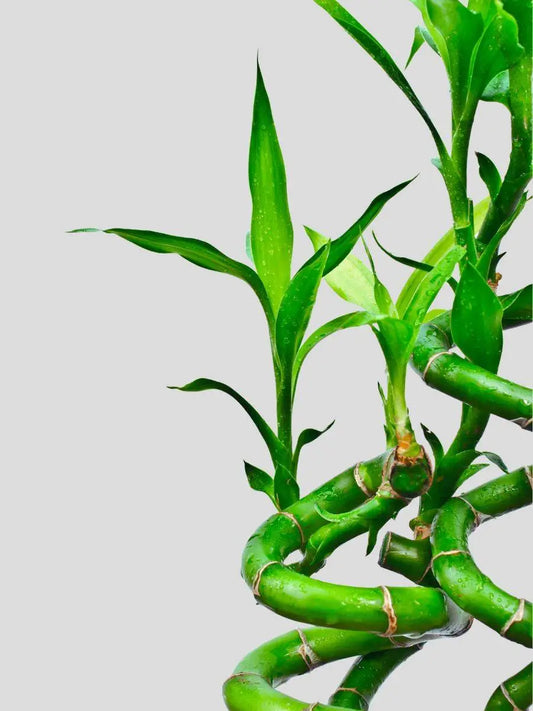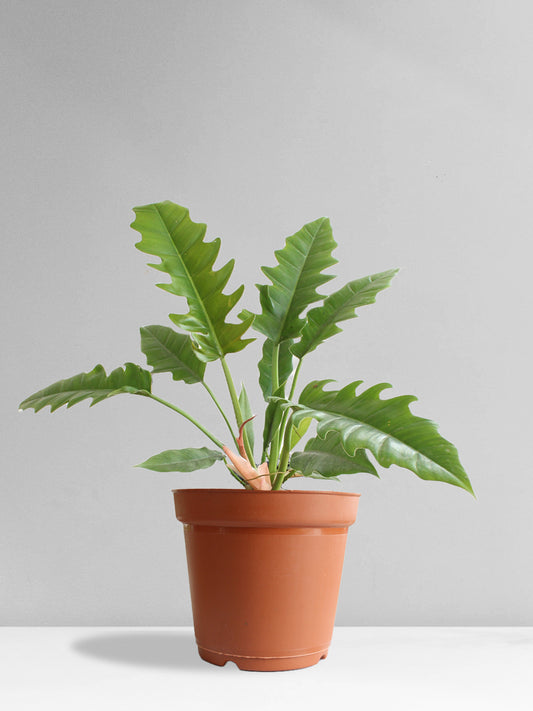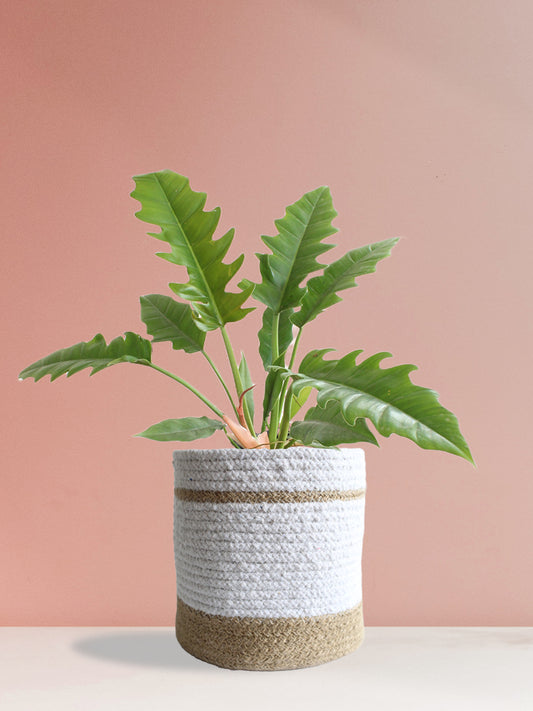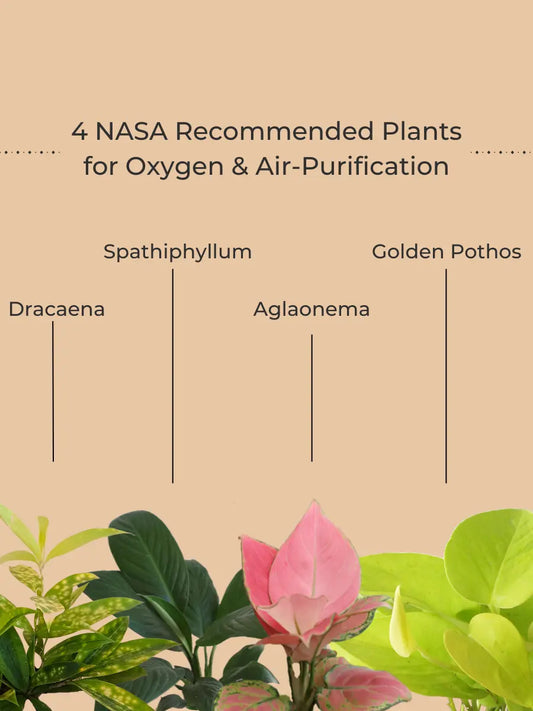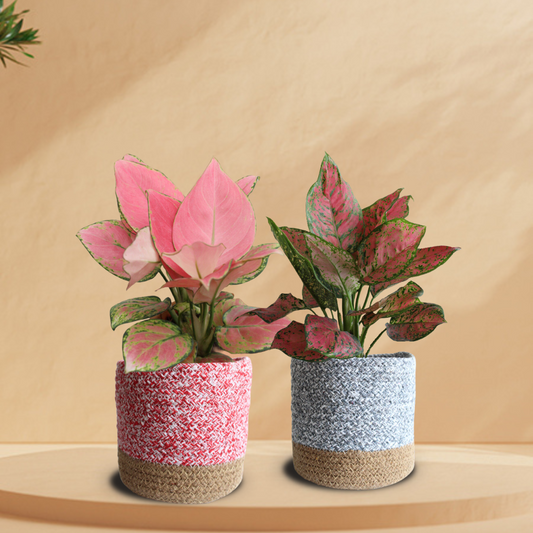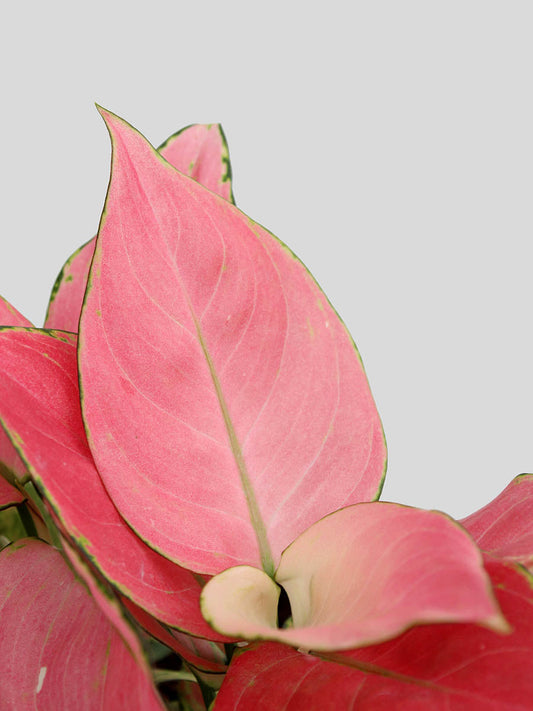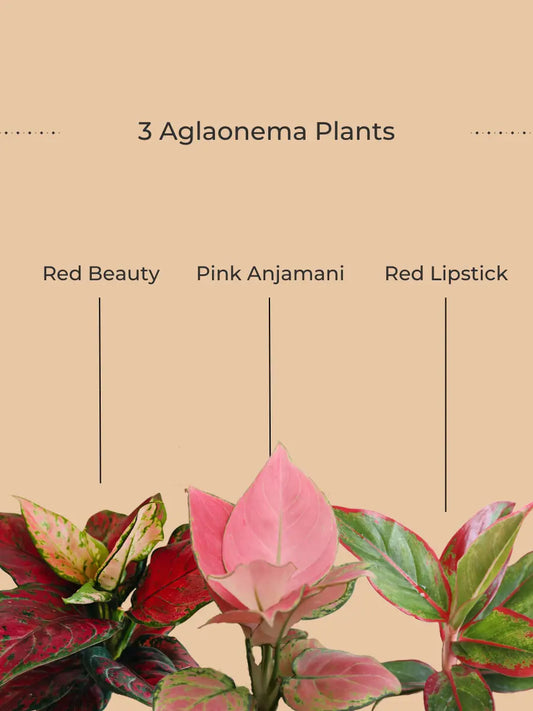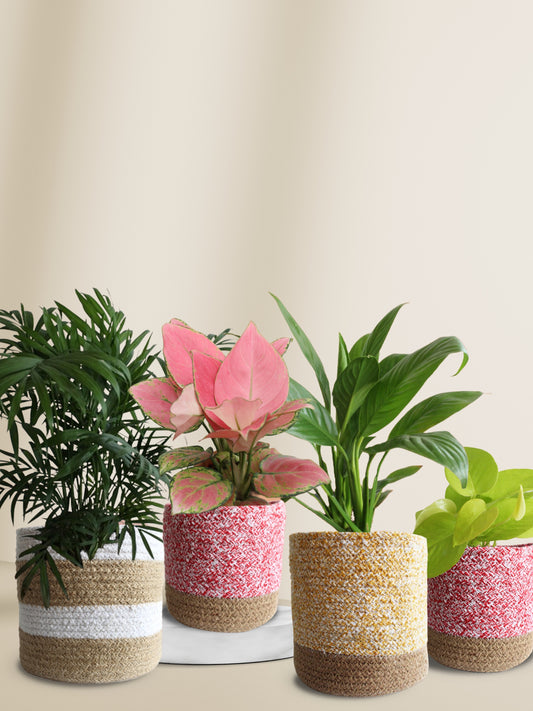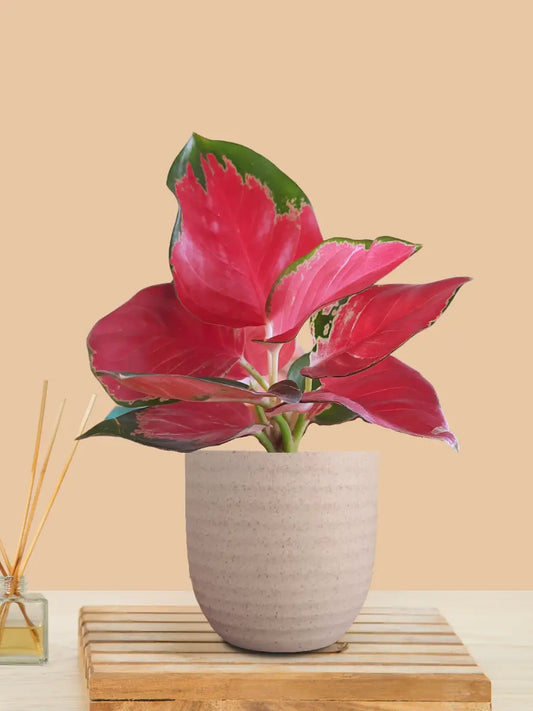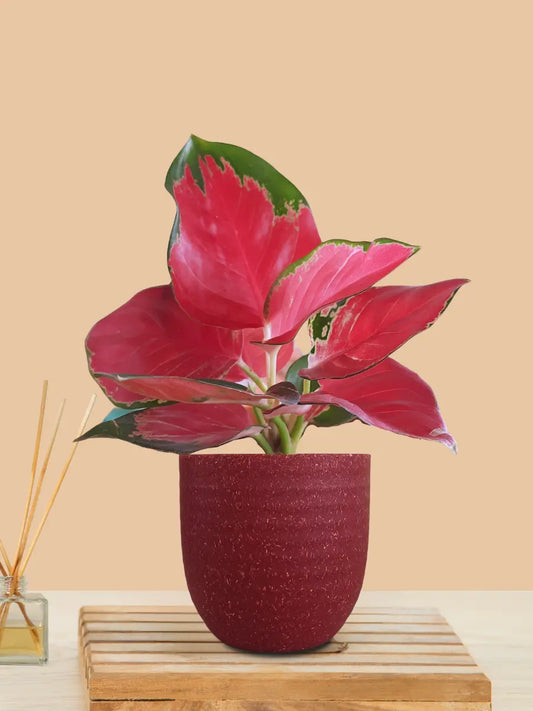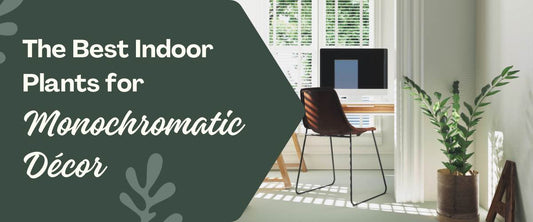Learn How to Stop Killing Your HousePlants
Et tu brute? Over watering, underwatering, moisture, humidity, soil drainage and temperature regulations there's so much to keep tabs on when it comes to managing improper growth of your house plant.
Why Are Houseplants Dying?
Taking care of your plants and being a plant parent is a tough job. No point denying that. What differentiates a good parent from a not so good parent is that acute understanding of basic caregiving rules to beautify world-class living spaces.
There can be plenty of reasons as to why you aren't sustaining a healthy and balanced plant. Say, not today Satan and hop on our guide to stop killing your houseplants.
Tips for Stop Houseplant Killing
Here are things to consider if you find your houseplants dead sooner or later.
1. Evil Under the Sun

Plant leaves dry, yellow or drooping? Check the sunlight. Some plants can be nurtured in a variety of light conditions. From a brightly lit spot that receives indirect sunlight to placing the plant in a spot that receives a lot of sun. Study the weather conditions of where your plant originally grows. That will help you decide on an ideal spot to place your plant.
A shaded outdoor setting like a balcony can also be a good spot for placement.
Don't forget to check out this wooden plant stand.
Some varieties like the sun but yet there are some that when exposed to direct sunlight can get their leaves burned.
2. Death on the Nile

Root Rot? Worry not!
Some plants need to be watered only once or twice a week, Most beginners harm the plant by overwatering it. To avoid this, use a pot with proper drainage and wait for the topsoil to get slightly dry before you water the plant again.
Checkout these Pots and Planters especially curated for your needs.
Overwatering leads to root rot. So, allow the topsoil to slightly dry out before watering the plant. Underwatering leads to drooping and drying of the leaves.
Also Read: Benefits of Succulents
3. Rain Check

Humidity is crucial for your plant's health. Misting helps!
Low humidity levels sometimes lead to slight browning and dryness in the leaf tips. Overwatering and underwatering might also have a similar effect on plants.
Have a look at these Indoor Plants.
4. Temperature Frenzy

Some plants do well in moderate to warm temperatures. An optimal temperature is essential for any plant to thrive. Optimal temperature range is the one the plant is accustomed to grow in.
It would be a good idea to protect the plant from sudden and extreme temperature drops. Depending on all these factors you can decide where to place the plant for its full fledged growth. You do not want to subject them to harsh cold winds and extreme heat.
5. Dial F for Fertiliser

Most plants aren't too picky about their fertiliser. But a mild fertiliser applied about once in two months can support their growth. Generally true for all varieties, no fertilisation is required during winter.
Also Read: Top 10 Most Expensive House Plants in the World.
Conclusion
That wraps up our guide. You will find this most helpful while taking care of your young baby saplings and turning them into thriving mature plants. Find out more at Greenkin.
FAQs
Q1. Can a plant recover from dying?
Ans. Yes, if given proper care plants can recover depending upon their maturity.
Q2. What does an overwatered plant look like?
Ans.The first sign is root rot. If you are seeing root rot then most certainly your plant is overwatered.
Q3. Are dying plants bad Feng Shui?
Ans. Yes, some varieties are associated with bringing bad luck if not taken proper care according to Feng shui.
Q4. What is the biggest killer of indoor plants?
Ans. Overwatering is certainly one of the biggest killers.
Q5. How do you keep indoor plants alive?
Ans. Regulating optimal sunlight, water, temperature and humidity keeps the plants alive and thriving.



